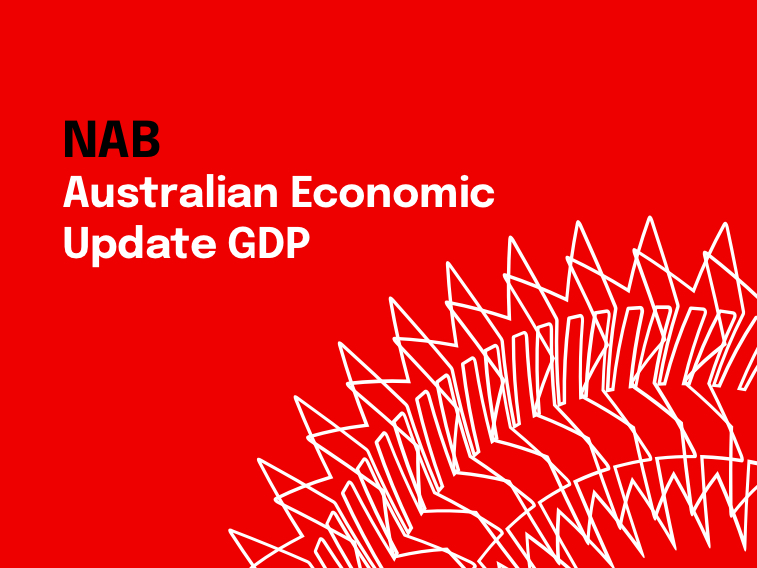Consumers lead the way


Insight
Conditions still above average despite warning signs.
Our podcast series to accompany the NAB Monthly Business Survey continues, giving you a 10 minute summary of the key survey developments this month. Listen now.
If listening on a mobile device, click listen in browser.
Business conditions stayed resilient in July and inflation-related measures rose, challenging expectations that the economy would continue to cool as 2023 wears on. Key measures of demand, profitability and employment all held steady at above-average levels and capacity utilisation also rebounded to be well above average at 84.5%. Confidence remained low, as did forward orders, but both measures have been weighed down by deeply negative readings in the retail sector. Notably, retail firms continued to report strong current conditions despite the weakness in leading indicators in recent months. Labour cost growth rose sharply, likely reflecting wage rises taking effect on July 1 including minimum and award wage changes. There was also a further rise in purchase cost growth in the month, possibly reflecting energy prices. In a sign that some of these pressures may have been immediately passed through, overall price growth also lifted, with retail price growth jumping to 2.6% in quarterly terms and recreation & personal services price growth up to 2.9%. Importantly however, underlying respondent-level data shows the relationship between cost increases and price rises is not simple, with many firms reporting large increases in labour costs but no change in prices. Nonetheless, the survey results highlight that upside pressures to inflation remain considerable, despite the improvement seen in the Q2 CPI release.
Business conditions eased 1pt to +10 index points in July. Trading conditions (+16 index points), employment (+6 index points) and profitability (+10 index points) were all steady. Business confidence rose 2pts to +2 index points.
“Business conditions continued to show resilience in July and have been broadly steady in the past couple of months at above-average levels” said NAB Chief Economist Alan Oster. “Business confidence also picked up in July to be back in positive territory as well, although confidence remains low.”
Leading indicators strengthened slightly, with forward orders up 1pts to -1 index points. Capacity utilisation rose more strongly, up 0.9ppt, from 83.6% to 84.5%, and remains well above average.
“Forward orders remain in negative territory,” said Mr Oster. “That is largely due to very negative readings for forward orders in the retail sector, which we know has been under pressure through recent months as spending on goods has declined. Still, current conditions in the retail sector remained above average in the July survey.”
Price and cost growth rose sharply in the month. Labour cost growth rose to 3.7% in quarterly equivalent terms (up from 2.3% in June) and purchase cost growth rose to 2.6% (2.2% in June). Final price growth reached 2% (1% in June), with the retail component rising to 2.6% (1.4% in June) and recreation & personal services accelerating to 2.9% (1.2% in June).
“Labour cost growth rose sharply in July, likely reflecting wage rises taking effect on July 1 including minimum and award wage changes,” said Mr Oster. “Labour cost growth was strongest in recreation & personal services, transport & utilities, and retail, which aligns with where we would expect minimum and award wage workers to be most common.”
“The rise in labour costs in July coincided with a pickup in the survey’s price growth measures, suggesting some of wage adjustments in the new financial year might have been passed through to prices immediately,” said Mr Oster. “However, when we look at the detail, the relationship between labour costs and prices is not simple and many firms that experienced a big rise in labour costs did not increase their prices.”
“The reality is that firms’ pricing decisions are affected by many factors, including costs, the strength of demand, and the broader economic outlook,” said Mr Oster. “Nonetheless, the survey results highlight that upside pressures to inflation remain considerable, despite the improvement seen in the Q2 CPI release.”
For more information, please see the NAB Monthly Business Survey (July 2023)
© National Australia Bank Limited. ABN 12 004 044 937 AFSL and Australian Credit Licence 230686.